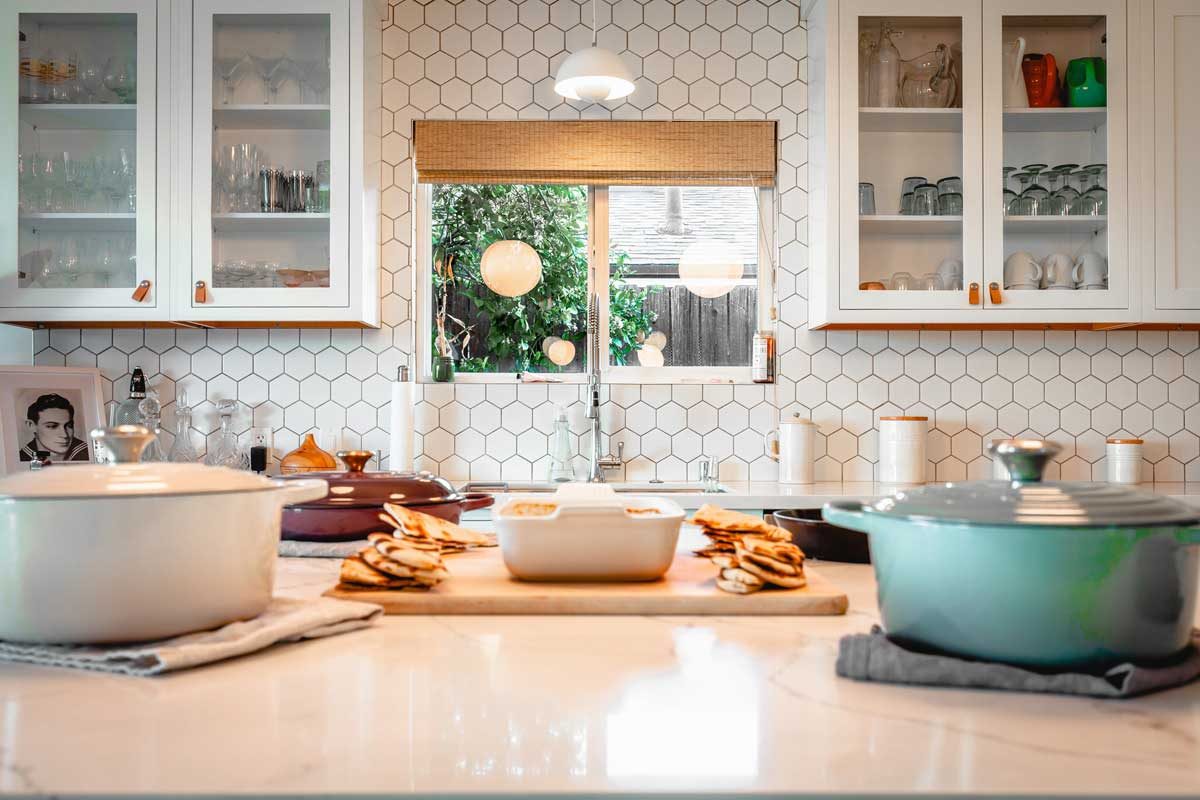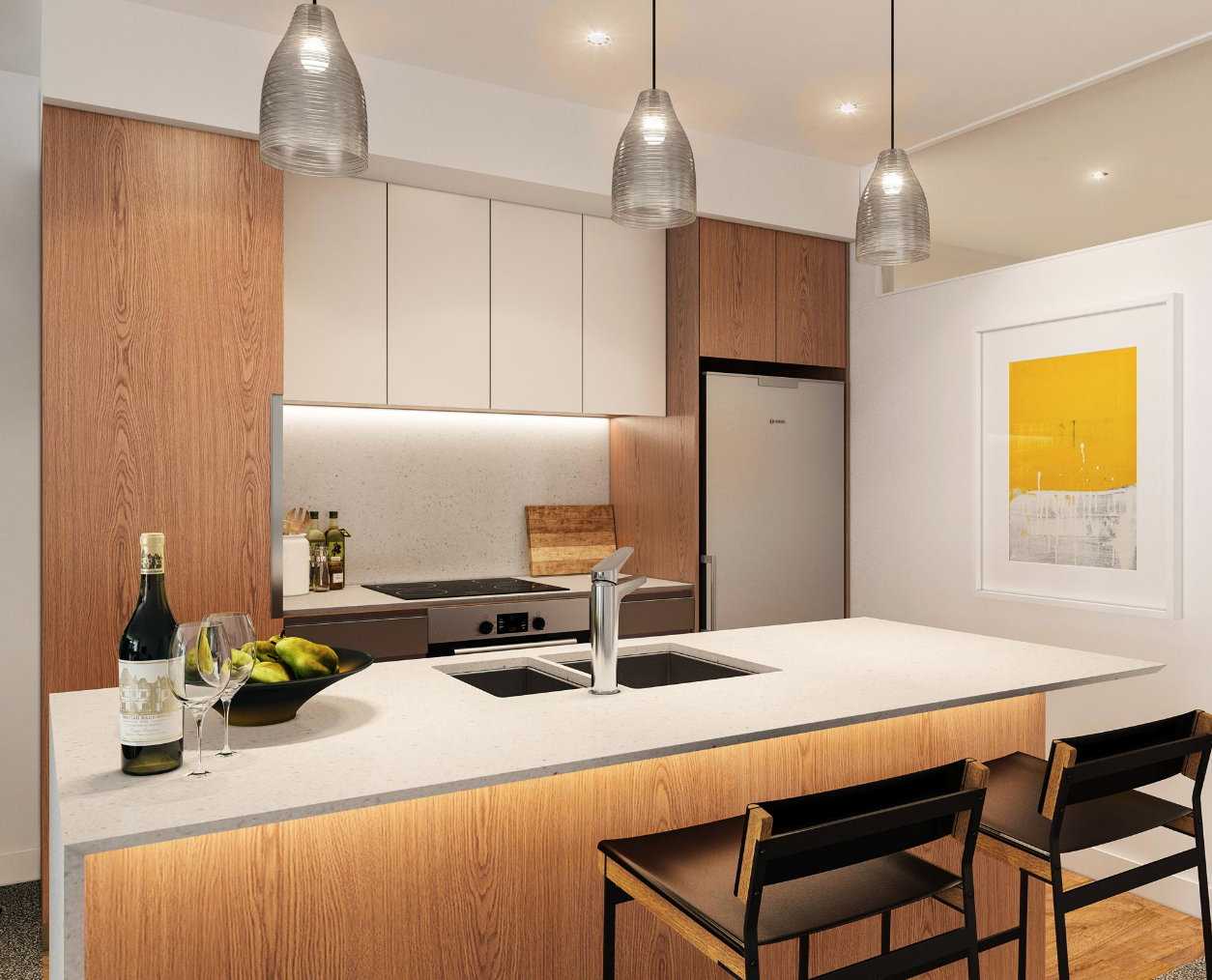Essential Tips for Keeping Your Kitchen Benchtops for Resilient Appeal
Preserving the beauty and durability of your kitchen benchtops needs a thoughtful technique to care and cleansing. With numerous materials and coatings offered, the ideal methods may vary-- exploring these subtleties could expose unexpected insights for your cooking area treatment routine.
Routine Cleaning Up Practices
Maintaining an immaculate kitchen area benchtop starts with implementing routine cleansing practices. Developing a constant cleansing routine is vital to avoid the build-up of dust, grime, and germs, making certain both hygiene and visual charm. A day-to-day cleaning program should involve cleaning down surfaces with a soft cloth and warm, soapy water to get rid of food particles and spills. This simple method not just keeps the benchtop looking fresh yet additionally reduces the risk of contamination.
In addition to daily upkeep, an once a week deep tidy is suggested. Throughout this procedure, think about making use of an extra detailed remedy, such as a mild multi-surface cleaner, to deal with any persistent spots or residues. For products like granite or quartz, it is necessary to adhere to maker recommendations for cleansing products to preserve their honesty.
Pay special attention to high-traffic locations where spills are a lot more likely to take place, and do not neglect to clean up the edges and edges where dirt can accumulate. Normal cleaning not just boosts the long life of your cooking area benchtop but additionally ensures a safe and inviting cooking environment. By creating these practices, property owners can keep the beauty and performance of their cooking area surface areas in time.
Preventing Severe Chemicals
When it concerns cleansing kitchen benchtops, selecting the appropriate cleansing products is extremely important (Kitchen Benchtops). The long life and visual appeal of your benchtops can be substantially endangered by the use of severe chemicals. Many conventional cleaning representatives contain abrasive substances that can scratch and boring surface areas, leading to unsightly marks and a decrease in their total lifespan
Furthermore, harsh chemicals can react adversely with certain materials, such as all-natural stones or engineered surfaces, potentially causing discoloration or degradation. For example, acidic cleansers can wear down the finish of granite or marble, while bleach can harm artificial surface areas. As a result, it is vital to opt for pH-balanced, mild cleansing options that successfully eliminate dirt and stains without running the risk of damage to your benchtops.
In addition, many environment-friendly products are offered on the marketplace, which not only provide safe cleaning alternatives however additionally add to a healthier kitchen area environment. If you choose a do it yourself strategy, a combination of warm water and moderate soap can be extremely effective (Kitchen Benchtops). By avoiding harsh chemicals, you can maintain the elegance and integrity of your kitchen area benchtops for years my sources to find
Utilizing Cutting Boards
Using cutting boards is crucial for protecting your kitchen benchtops from the ground up and damages while preparing food. These boards act as an obstacle between your knives and the surface of your benchtops, dramatically lowering the risk of unwanted marks and put on. It is suggested to make use of a reducing board made from products such as timber, bamboo, or plastic, as each offers distinct benefits.
Wooden cutting boards are recognized for their resilience and knife-friendly homes; they can aid keep your blades sharp. Bamboo boards are an eco-friendly choice that is light-weight and immune to knife marks. Plastic cutting boards, on the other hand, are easy to clean and commonly dishwasher safe, making them a sensible option for daily use.

Sealing and Securing Surfaces
Protecting your kitchen benchtops extends beyond using cutting boards; sealing the surfaces plays a pivotal role in guarding versus stains, dampness, and put on. The appropriate sealant can enhance the longevity of products, such as granite, quartz, and timber, guaranteeing they maintain their visual allure gradually.

Application of the sealant must be performed in a tidy, dry environment, adhering to the manufacturer's instructions for optimal results. Generally, this involves cleansing the surface extensively, applying the sealer equally, and enabling it to heal as click to investigate recommended. Routine upkeep, including resealing every 1-3 years relying on usage and product, will certainly reinforce defense and prolong the life of your benchtops, guaranteeing they remain a magnificent focal point in your cooking area.
Addressing Stains Without Delay
Stains on kitchen area benchtops can promptly become a substantial concern otherwise resolved quickly. The longer a tarnish remains, the much more hard it ends up being to remove, possibly leading to long-term staining and damage to the surface area. It is vital to tackle spills and discolorations as quickly as they happen.
Different products need particular strategies to discolor elimination. As additional resources an example, non-porous surfaces like quartz can generally be cleaned up with light soap and water, while porous products, such as all-natural stone, might need specific cleaners to stop liquid infiltration. Always describe the producer's standards for the very best cleaning techniques.

Routine maintenance, including sealing porous surface areas, can substantially lower the danger of discoloration. By promptly dealing with spills and comprehending the details requirements of your benchtop material, you can maintain the aesthetic charm and capability of your kitchen area surface areas for years to come.
Conclusion
In final thought, keeping the elegance and functionality of kitchen benchtops requires adherence to vital cleansing techniques, evasion of rough chemicals, and making use of protective steps such as cutting boards. Regular securing of permeable products and prompt attention to spills and spots are essential for preserving the stability of surfaces. By applying these techniques, the durability and visual appeal of kitchen area benchtops can be considerably boosted, making sure an immaculate and sturdy culinary setting.